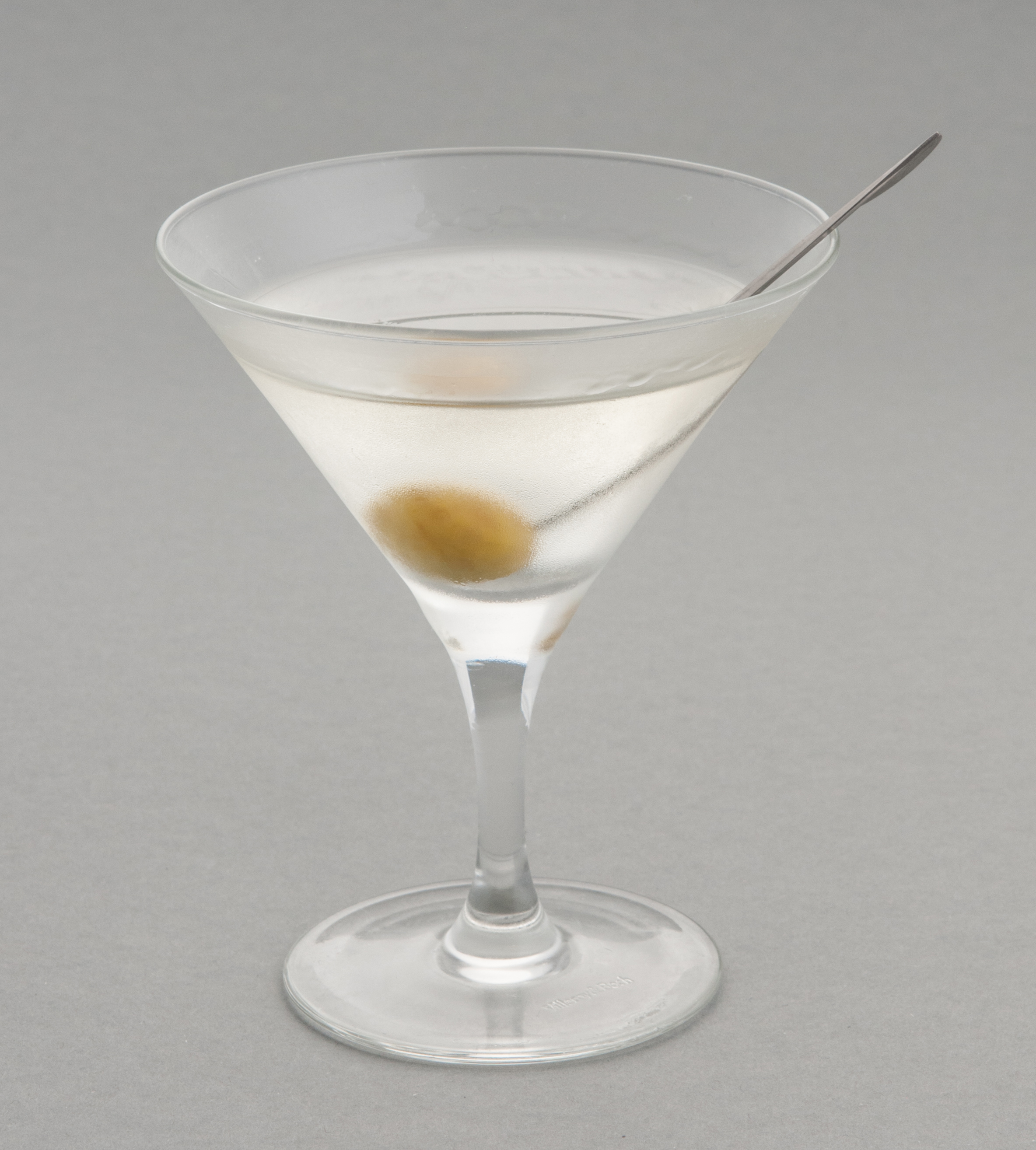|
Torito
Torito (also known as Toro) is a cocktail from the east coast of Mexico. Torito originated in the state of Veracruz in the early 1900s. It was first made with firewater and fruits, then rum replaced the firewater, milk was added, and, most recently, it was blended with tequila. This cocktail became the typical drink of the gulf coast of Mexico, where new flavors were created by mixing fruit and grains from this tropical region. The most popular flavors are peanut, mango, peach, coconut, passion fruit, cajeta, soursop Soursop (also called graviola, guyabano, and in Latin America ) is the fruit of ''Annona muricata'', a broadleaf, flowering, evergreen tree. It is native to the Tropics, tropical regions of the Americas and the Caribbean and is widely propag ..., and coffee. [...More Info...] [...Related Items...] OR: [Wikipedia] [Google] [Baidu] |
Mexico
Mexico, officially the United Mexican States, is a country in North America. It is the northernmost country in Latin America, and borders the United States to the north, and Guatemala and Belize to the southeast; while having maritime boundary, maritime boundaries with the Pacific Ocean to the west, the Caribbean Sea to the southeast, and the Gulf of Mexico to the east. Mexico covers 1,972,550 km2 (761,610 sq mi), and is the List of countries by area, thirteenth-largest country in the world by land area. With a population exceeding 130 million, Mexico is the List of countries by population, tenth-most populous country in the world and is home to the Hispanophone#Countries, largest number of native Spanish speakers. Mexico City is the capital and List of cities in Mexico, largest city, which ranks among the List of cities by population, most populous metropolitan areas in the world. Human presence in Mexico dates back to at least 8,000 BC. Mesoamerica, considered a cradle ... [...More Info...] [...Related Items...] OR: [Wikipedia] [Google] [Baidu] |
Veracruz
Veracruz, formally Veracruz de Ignacio de la Llave, officially the Free and Sovereign State of Veracruz de Ignacio de la Llave, is one of the 31 states which, along with Mexico City, comprise the 32 Political divisions of Mexico, Federal Entities of Mexico. Located in eastern Mexico, Veracruz is bordered by seven states, which are Tamaulipas, San Luis Potosí, Hidalgo (state), Hidalgo, Puebla, Oaxaca, Chiapas, and Tabasco. Veracruz is divided into Municipalities of Veracruz, 212 municipalities, and its capital city is Xalapa, Xalapa-Enríquez. Veracruz has a significant share of the coastline of the Gulf of Mexico on the east of the state. The state is noted for its mixed ethnic and indigenous populations. Cuisine of Veracruz, Its cuisine reflects the many cultural influences that have come through the state because of the importance of the port of Veracruz (city), Veracruz. In addition to the capital city, the state's largest cities include Veracruz, Coatzacoalcos, Córdoba, V ... [...More Info...] [...Related Items...] OR: [Wikipedia] [Google] [Baidu] |
Firewater
Firewater may refer to: Liquid * High-proof beverages, particularly illegal moonshine * Firewater (fire fighting), the polluted water remaining after fire fighting * Fire water, water stored in tanks for wildfire suppression Art and entertainment * Firewater (band), a US indie rock group founded by Tod A. in 1995 * ''Firewater'' (film), Hardi Volmer's Estonian history-based thriller * ''Firewater'' (Tha Alkaholiks album), 2006 * ''Firewater'' (Silkworm album), 1996 * ''Firewater'' (Whiskey Myers album), 2011 * Firewater Studios, digital recording studio See also * Fire and Water (other) Fire and Water may refer to: * ''Fire and Water'' (sculpture), a 1988 artwork in Milwaukee, Wisconsin Film and TV * Fire and Water (Lexx), a location in the TV series ''Lexx'' * "Fire + Water" (''Lost''), a 2006 episode of the television series '' ... * Firewater myths {{disambiguation ... [...More Info...] [...Related Items...] OR: [Wikipedia] [Google] [Baidu] |
Tequila
Tequila (; ) is a liquor, distilled beverage made from the blue agave plant, primarily in the area surrounding the city of Tequila, Jalisco, Tequila northwest of Guadalajara, Jalisco, Guadalajara, and in the Jaliscan Highlands (''Los Altos (Jalisco), Los Altos de Jalisco'') of the central western Mexican state of Jalisco. The red volcanic soils in the region of Tequila are well suited for growing the blue agave, and more than 300 million plants are harvested there each year. Agave grows differently depending on the region. Blue agaves grown in the highlands Los Altos region are larger and sweeter in aroma and taste. Agaves harvested in the valley region have a more herbaceous fragrance and flavor. Due to its historical and cultural importance, the region near Tequila was declared a UNESCO World Heritage Site in 2006, the ''Agave Landscape and Ancient Industrial Facilities of Tequila''. Tequila differs from other mezcals—distilled spirits from the agave plant—because it is m ... [...More Info...] [...Related Items...] OR: [Wikipedia] [Google] [Baidu] |
Cajeta
''Dulce de leche'' (), caramelized milk, milk candy, or milk jam is a confection commonly consumed after slowly heating sugar and milk over several hours. The substance takes on a spreadable, sauce-like consistency and derives its rich flavour and colour from non-enzymatic browning. It is typically used to top or fill other sweet foods. Names and similar confections Spanish ''dulce de leche'' and Portuguese ''doce de leite'' () mean "sweet adeof milk". Other names in Spanish include ''manjar'' ("delicacy"), ''arequipe'' and '' leche quemada'' ("burnt milk"); also in Mexico and some Central American countries ''dulce de leche'' made with goat's milk is called ' cajeta'. In the Philippines, ''dulce de leche'' made with carabao (water buffalo) milk is called ''dulce gatas'', and is a specialty of Negros Occidental province. In French, it is called ''confiture de lait'' (milk jam). In France, it is traditional in the regions of Normandy and Savoy, where it is commonly served w ... [...More Info...] [...Related Items...] OR: [Wikipedia] [Google] [Baidu] |
Soursop
Soursop (also called graviola, guyabano, and in Latin America ) is the fruit of ''Annona muricata'', a broadleaf, flowering, evergreen tree. It is native to the Tropics, tropical regions of the Americas and the Caribbean and is widely propagated. It is in the same genus, ''Annona'', as cherimoya and is in the Annonaceae family. The soursop is adapted to areas of high humidity and relatively warm winters; temperatures below will cause damage to leaves and small branches, and temperatures below can be fatal. The fruit becomes dry and is no longer good for concentrate. With an aroma similar to pineapple, the flavor of the fruit has been described as a combination of strawberries and apple with sour citrus flavor notes, contrasting with an underlying thick creamy texture reminiscent of banana. Soursop is widely promoted (sometimes as graviola) as an Alternative cancer treatments, alternative cancer treatment, but there is no reliable evidence-based medicine, medical evidence ... [...More Info...] [...Related Items...] OR: [Wikipedia] [Google] [Baidu] |
Cocktails
A cocktail is a mixed drink, usually alcoholic. Most commonly, a cocktail is a combination of one or more spirits mixed with other ingredients, such as juices, flavored syrups, tonic water, shrubs, and bitters. Cocktails vary widely across regions of the world, and many websites publish both original recipes and their own interpretations of older and more famous cocktails. History A well-known 'cocktail' in ancient Greece was named kykeon. It is mentioned in the Homeric texts and was used in the Eleusinian Mysteries. 'Cocktail' accessories are exposed in the Museum of the Royal Tombs of Aigai (Greece). They were used in the court of Philip II of Macedon to prepare and serve mixtures of wine, water, honey as well as extracts of aromatic herbs and flowers, during the banquets. In the United States, a written mention of 'cocktail' as a beverage appeared in ''The Farmers Cabinet,'' 1803. The first definition of a cocktail as an alcoholic beverage appeared three years ... [...More Info...] [...Related Items...] OR: [Wikipedia] [Google] [Baidu] |
Mexican Cuisine
Mexican cuisine consists of the cuisines and associated traditions of the modern country of Mexico. Its earliest roots lie in Mesoamerican Cuisine, Mesoamerican cuisine. Mexican cuisine's ingredients and methods arise from the area's first agricultural communities, such as those of the Olmecs, Olmec and Maya civilization, Maya, who domesticated maize, created the standard process of nixtamalization, and established foodways. Successive waves of other Mesoamerican groups brought with them their cooking methods. These included the Teotihuacanos, Toltec, Huastec civilization, Huastec, Zapotec civilization, Zapotec, Mixtec, Otomi people, Otomi, Tarascan state, Purépecha, Totonac, Mazatec, Mazahua people, Mazahua, and Nahuas, Nahua. With the Mexica formation of the multi-ethnic Triple Alliance (Aztec Empire), culinary foodways became infused (Aztec cuisine). Today's food staples native to the land include corn (maize), turkey, beans, squash, amaranth, Chia seed, chia, avocados, to ... [...More Info...] [...Related Items...] OR: [Wikipedia] [Google] [Baidu] |




